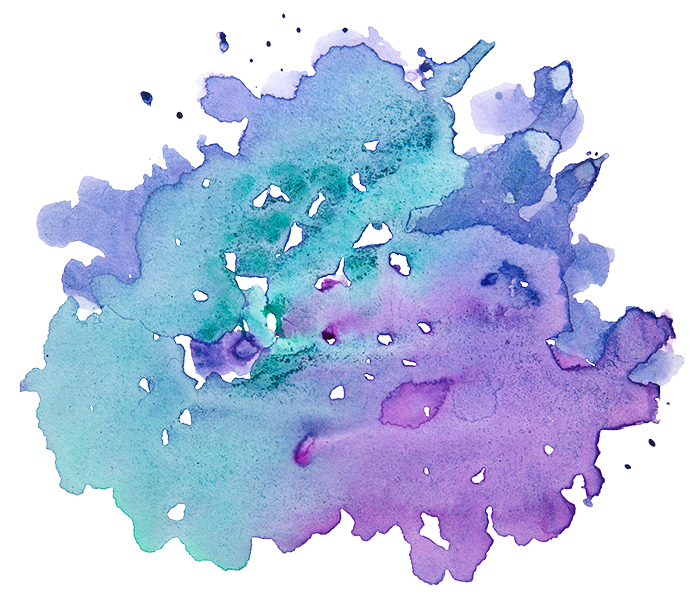Guest Poster Julie Wiener’s In the Mix blog appears on The Jewish Week website. Her monthly columns about intermarried life are published in the newspaper’s print edition and online.
One of the perks of being an intermarried Jewish mom, as opposed to being an intermarried Jewish dad, is that your children are universally recognized as members of the Tribe, no questions asked. My daughters don’t have to contend with the “patrilineal” label in the Jewish world’s ridiculous Who Is A Jew debates. (And as an added bonus, since they are girls we didn’t have to grapple with the “circumcise or don’t circumcise” debate that many intermarried parents confront.)
By contrast, families in which the dad is Jewish and the mom is not face an early ritual decision: to convert the baby or not? Mayyim Hayyim’s “Welcoming Waters” video makes a good case for the conversion option. Although obviously not needed for a child to be accepted within Reform and Reconstructionist communities, a halachic conversion, as the video shows, requires little more for a baby than immersion in the mikveh and some blessings, and can be an appealing, pleasant experience.
And that’s great, because mikvehs intimidate the hell out of a lot of liberal and unaffiliated Jews, myself included.
Virtually every other aspect of Jewish life has wended its way into American culture: half our packaged foods bear kosher certification symbols, and popular TV shows like “Curb Your Enthusiasm” have brought most every Jewish holiday and practice to the masses. (My favorite is the absurd comedy “Weeds,” in which the non-Jewish Nancy Botwin, widowed by a Jewish man, sits shivah for another relative and later hosts a brit milah for her newborn son.)
But mikvehs rarely make it to prime time. Indeed, the traditional practice most associated with mikveh involves three embarrassing topics: nudity, sex and, perhaps most taboo, menstruation. (Women refrain from physical contact with their husbands during and for several days following menstruation, then make themselves “pure” in the mikveh — a practice that is not only uncommon outside the Orthodox community, but that can feel jarring and foreign to modern feminist sensibilities.)
As a result, for most of us liberal Jews (and our non-Jewish spouses), the mikveh retains a foreign, exotic and off-limits feel. All of which makes Mayyim Hayyim’s video, which takes us inside a real-live mikveh and lets us see just how quick and easy baby Clara’s immersion actually is — infinitely less stressful than a swimming class or trip to the pediatrician — so refreshing. I loved how the family walks through a garden to get to the mikveh, then is greeted at the door by a smiling Aliza Kline, Mayyim Hayyim’s director. I loved how all four grandparents, not just the Jewish ones, were welcome throughout the whole process, and how the rabbi explained everything.
I hope every interfaith family that opts to have their baby officially converted, indeed that every gentile husband or wife who decides to take the plunge into Judaism, can have a mikveh like Mayyim Hayyim available to them.
Who knows, I may even dip in one myself someday.

